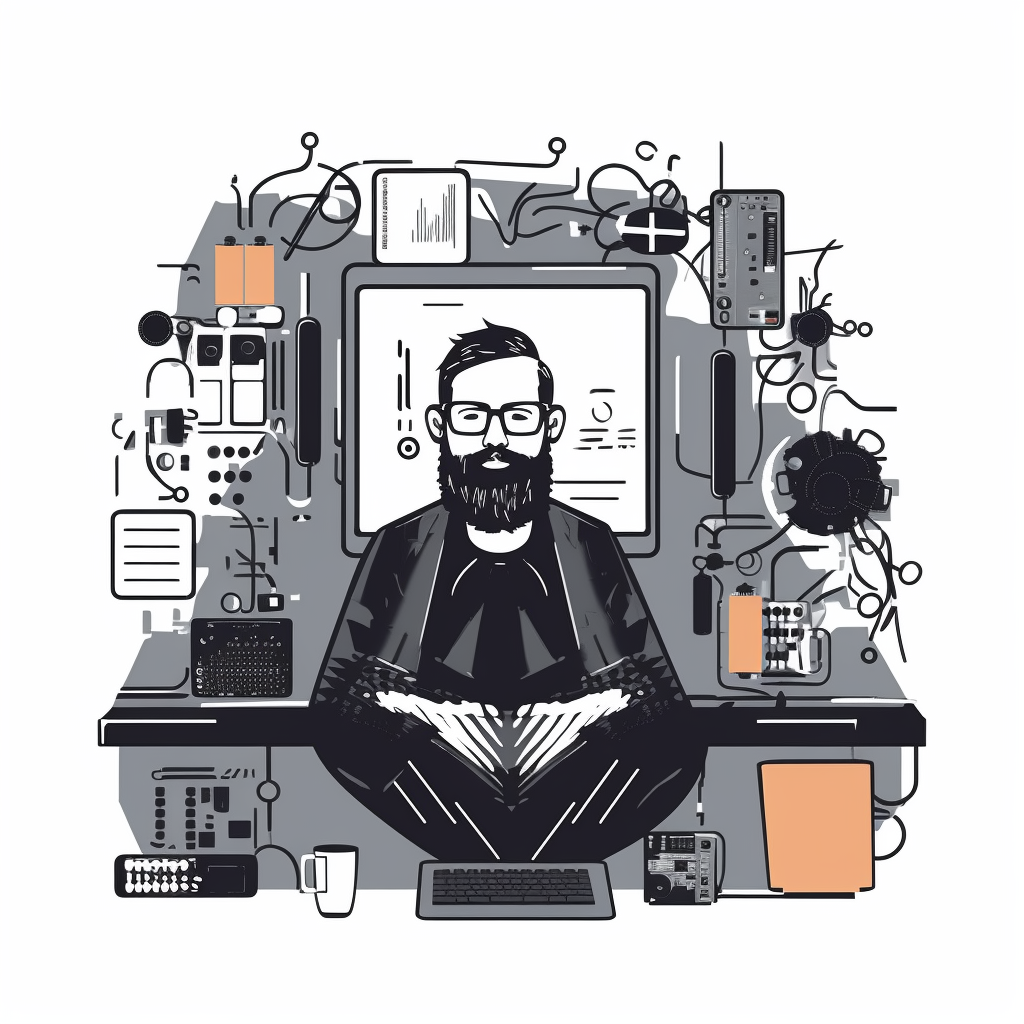The Agile Accelerator: Modern Testing and Continuous Integration
 Souvik Dey
Souvik Dey
As an SDET, I have always been passionate about enhancing the software development process. In this article, I will discuss how to implement a continuous testing and integration approach in a software development environment, particularly for FAANG-level companies. This method has greatly impacted the efficiency of our team, and I hope it will be beneficial for your organization as well.
Introduction to Continuous Testing and Integration
Continuous testing and integration are practices that involve the automatic execution of tests and the integration of code changes into the main codebase, respectively. These practices help to identify issues early, enabling quicker resolutions and minimizing the impact on the overall project.
Key Tools and Technologies
There are numerous tools and technologies that can be utilized to implement continuous testing and integration in a Python-based environment. Some of these tools include:
Git: A popular version control system for tracking code changes and collaborating on projects.
Jenkins: An open-source automation server for building, testing, and deploying applications.
pytest: A powerful Python testing framework that simplifies writing and executing tests.
Docker: A platform for developing, shipping, and running applications in containers, which helps maintain a consistent environment across various stages of the development lifecycle.
Selenium: A browser automation framework for testing dynamic web applications.
Implementing Continuous Testing
Writing Test Cases
The first step in implementing continuous testing is to write comprehensive test cases covering various aspects of the application, such as unit, integration, and functional tests.
# Example: Unit test for a simple addition function
def test_addition():
assert addition(2, 3) == 5
Test Automation
The next step is to automate the execution of these test cases using a test framework like pytest. This ensures that tests are run consistently and frequently, reducing the chances of human error.
# Execute pytest in the terminal
$ pytest test_login.py
Continuous Integration of Test Cases
Once test automation is in place, integrate the test cases with a continuous integration tool like Jenkins. This allows for the automatic execution of tests whenever new code is pushed to the repository.
Implementing Continuous Integration
Version Control
Continuous integration starts with proper version control. Git is a widely used version control system that helps track code changes and collaborate with other team members.
Jenkins Setup
Setting up Jenkins is a crucial step in implementing continuous integration. Jenkins can monitor the Git repository for changes, automatically build the application, run tests, and deploy the application.
Docker Integration
Integrating Docker into the continuous integration process ensures that the application runs in a consistent environment throughout the development lifecycle. This minimizes the likelihood of encountering issues related to discrepancies between development and production environments.
Example: Lifecycle of a Code Change
A developer writes a new feature and pushes the code to the Git repository.
Jenkins detects the new commit and triggers a build.
The application is built inside a Docker container, ensuring a consistent environment.
Jenkins runs pytest to execute test cases automatically.
If tests pass, Jenkins deploys the application to the staging environment.
Real-World Use-case
The Company:
A fast-growing online travel booking platform.
The Challenge:
The company's software development team faces difficulties in maintaining code quality, dealing with regressions, and deploying new features rapidly. The development process is manual, slow, and error-prone, leading to delayed releases, customer dissatisfaction, and lost revenue opportunities.
The Solution:
The organization decides to implement CI/CD and Continuous Testing processes using tools like Git, Jenkins, pytest, and Docker.
The Value Add:
Improved Code Quality: By integrating Continuous Testing into their development process, the team can identify and fix issues early, ensuring a higher level of code quality. This reduces the number of regressions and bugs, resulting in a more stable and reliable platform.
Faster Release Cycles: CI/CD enables the team to automate building, testing, and deploying code changes. This significantly reduces the time it takes to release new features and bug fixes, allowing the company to respond quickly to market demands and stay ahead of competitors.
Increased Customer Satisfaction: With a more stable platform and faster feature releases, customers enjoy a better user experience. This leads to increased customer satisfaction, higher retention rates, and more word-of-mouth referrals.
Reduced Costs and Time: Automation of the development pipeline reduces manual intervention, human error, and the time spent on repetitive tasks. This results in cost savings and allows developers to focus on higher-value tasks like feature development and innovation.
Conclusion
Implementing a continuous testing and integration approach in a Python-based development environment is key to maximizing efficiency, especially in fast-paced, competitive industries. By following the practices and tools discussed in this article, any organization can benefit from improved code quality, faster release cycles, and greater overall stability.
Happy Coding!
Subscribe to my newsletter
Read articles from Souvik Dey directly inside your inbox. Subscribe to the newsletter, and don't miss out.
Written by

Souvik Dey
Souvik Dey
I design and develop programmatic solutions for Problem-Solving.